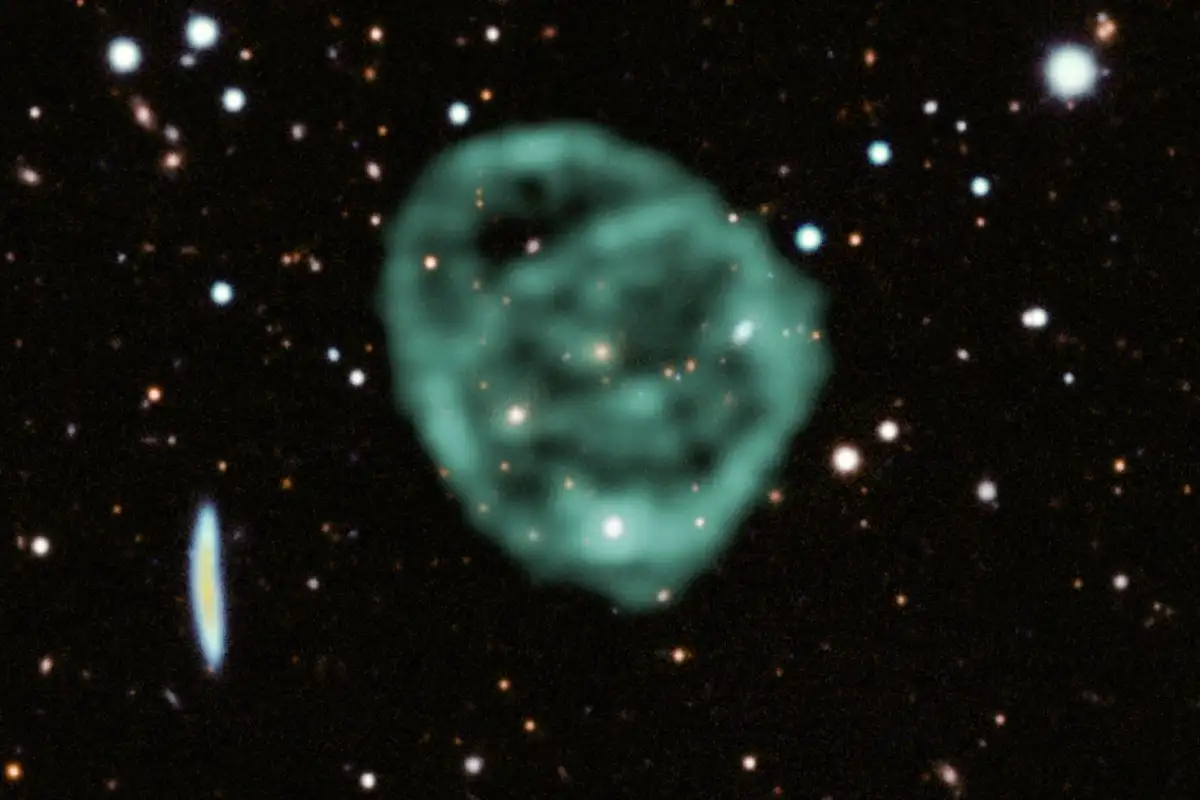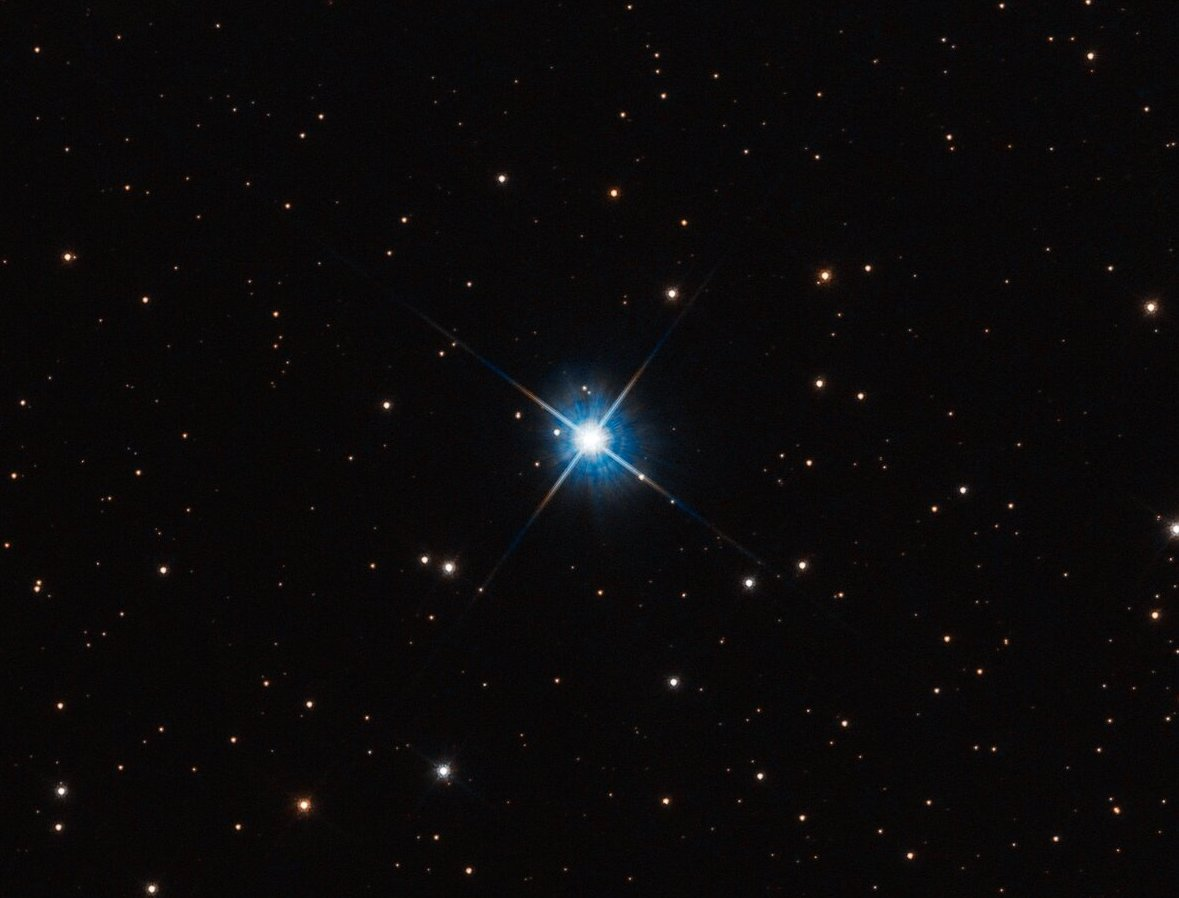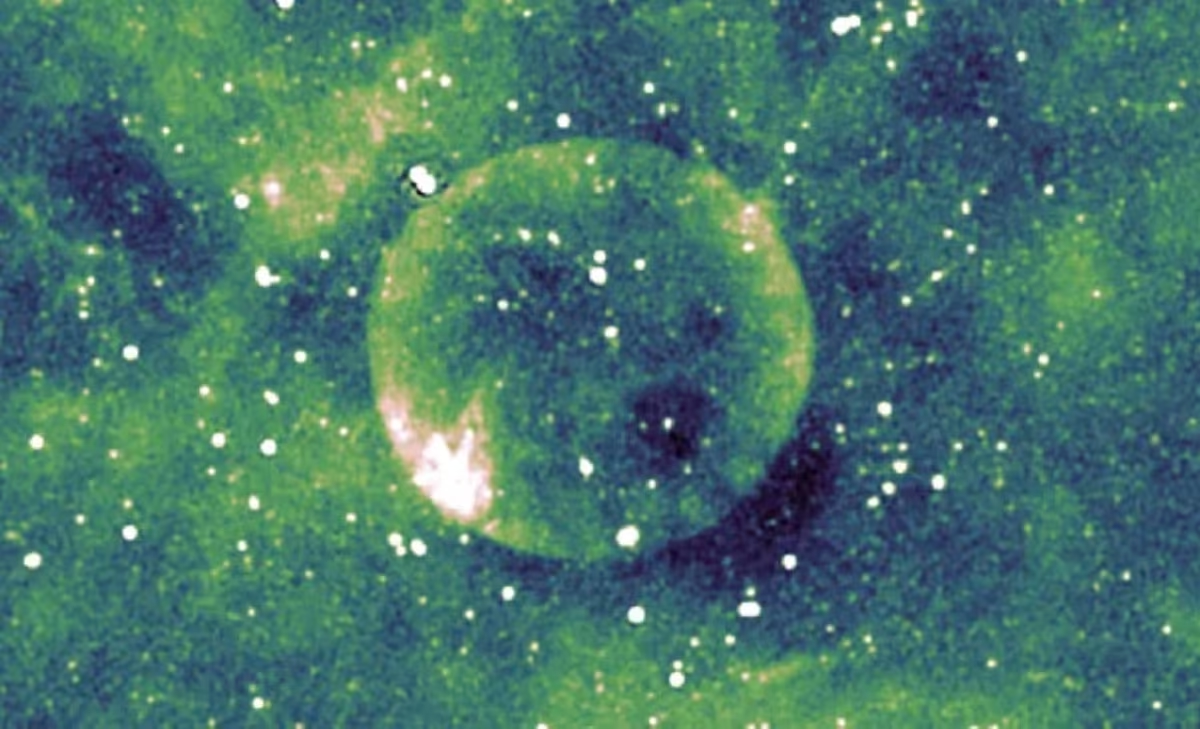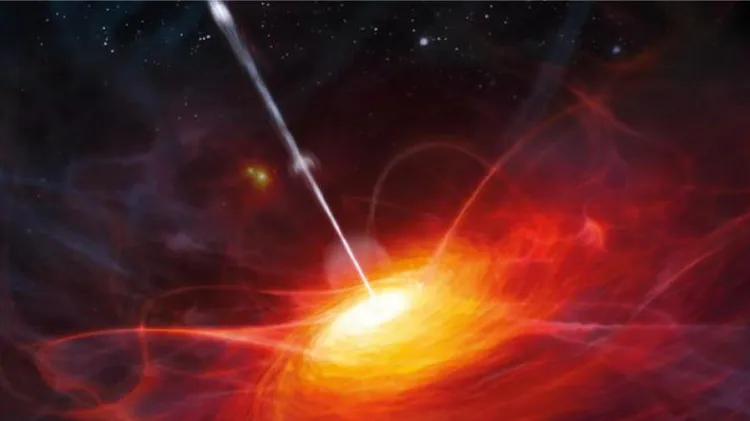In the vast expanse of the universe, astronomers have recently encountered a perplexing phenomenon known as Odd Radio Circles (ORCs). These are enormous, circular structures emitting bright radio waves, yet remaining invisible in other wavelengths like visible light, infrared, or X-rays. Discovered in 2019 through observations from the Australian Square Kilometre Array Pathfinder (ASKAP), ORCs are unlike any known cosmic objects, challenging existing astronomical theories. Their origins remain a mystery, with hypotheses ranging from remnants of ancient supernovae to shockwaves from fast radio bursts .
The sheer size and unique characteristics of ORCs have sparked intense scientific curiosity. Each ORC spans over 50 times the diameter of our Milky Way galaxy, making them some of the largest structures observed in the cosmos. Despite their vastness, their detection is limited to specific radio frequencies, and they lack counterparts in other observational bands. This anomaly has led researchers to consider new models of cosmic phenomena, potentially indicating previously unknown processes or materials in space .
Understanding ORCs is crucial for advancing our knowledge of the universe. Their study not only challenges current astrophysical models but also opens avenues for discovering new aspects of cosmic evolution and structure. As research continues, ORCs may provide insights into the fundamental workings of the universe, highlighting the dynamic and ever-evolving nature of space exploration.





